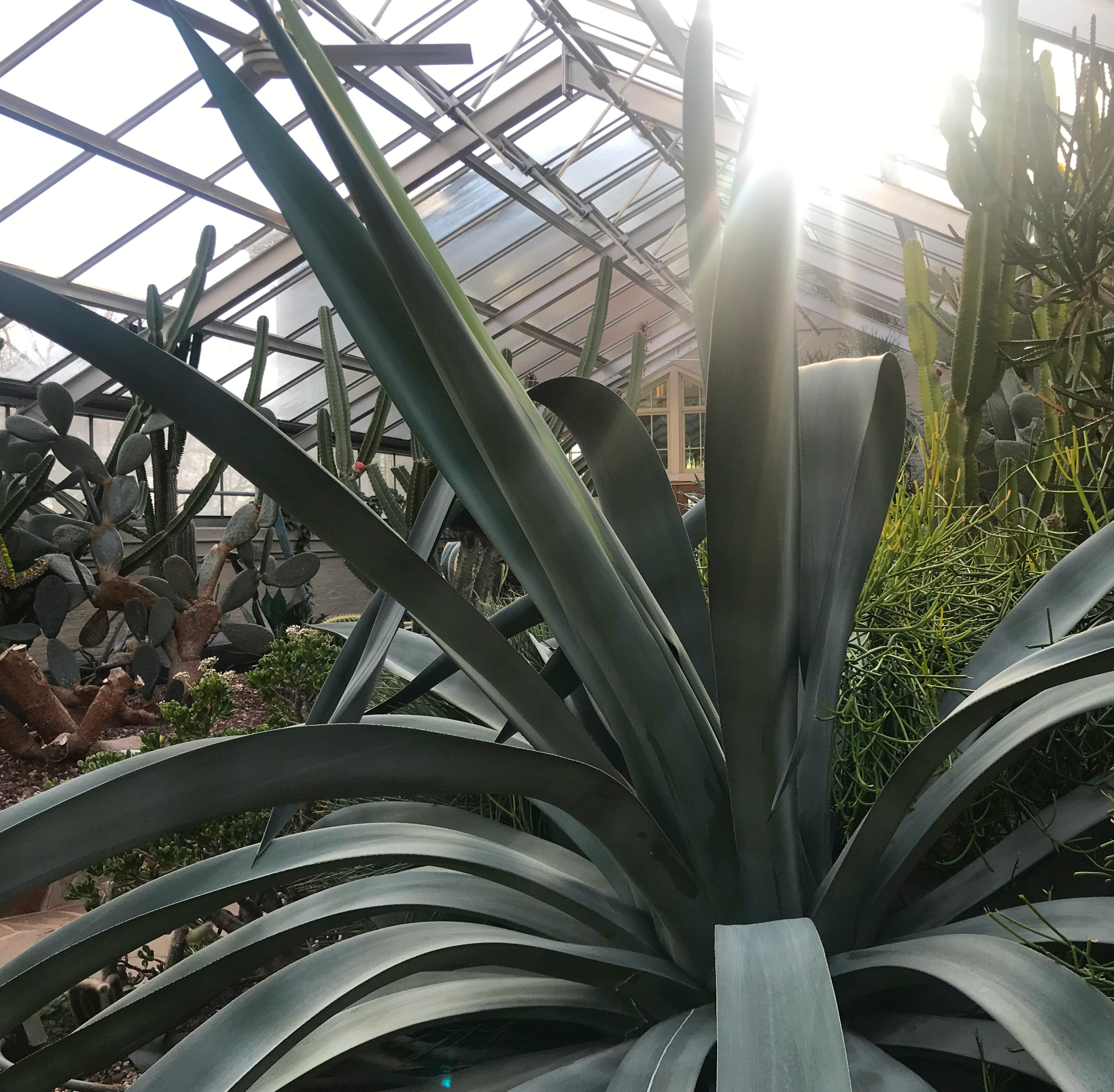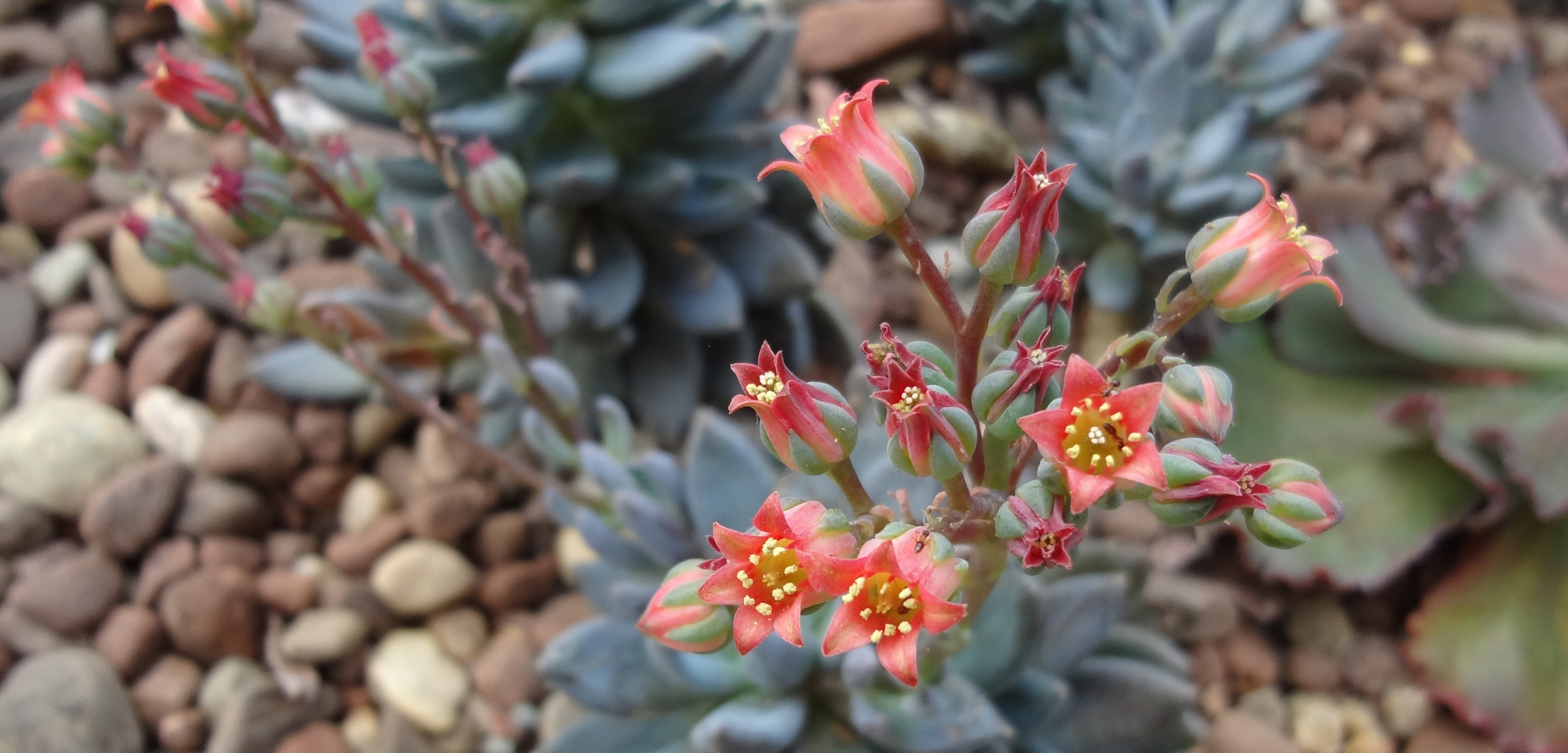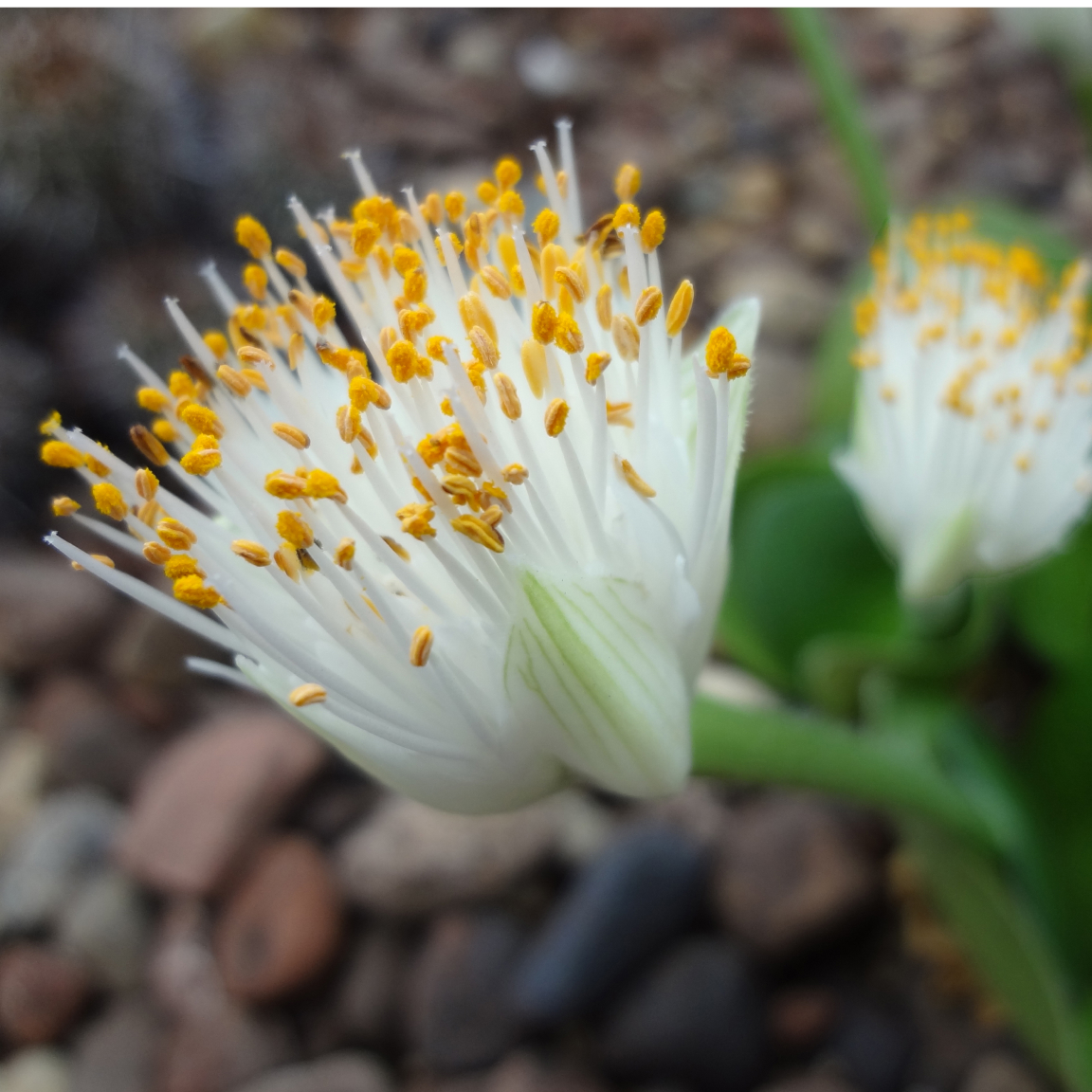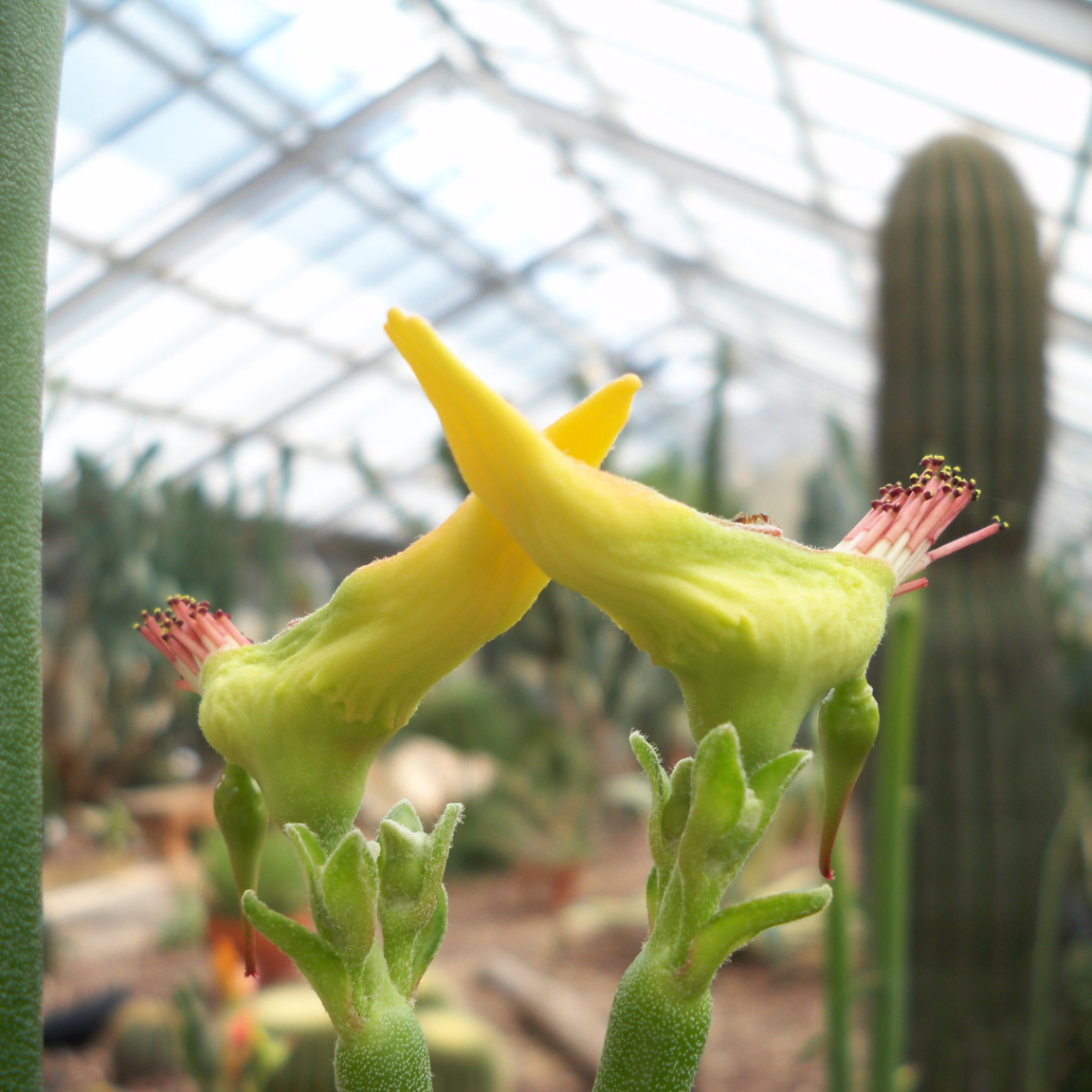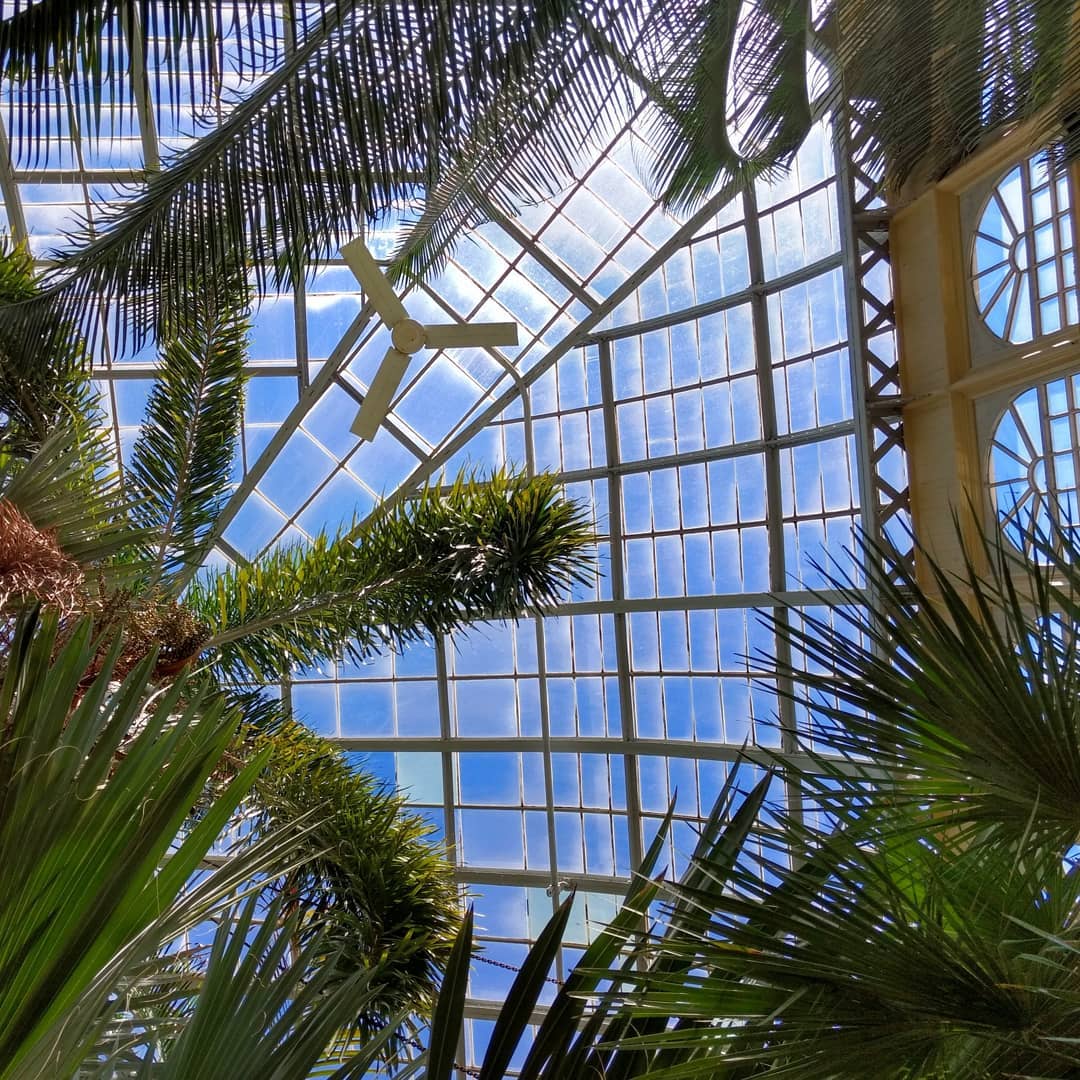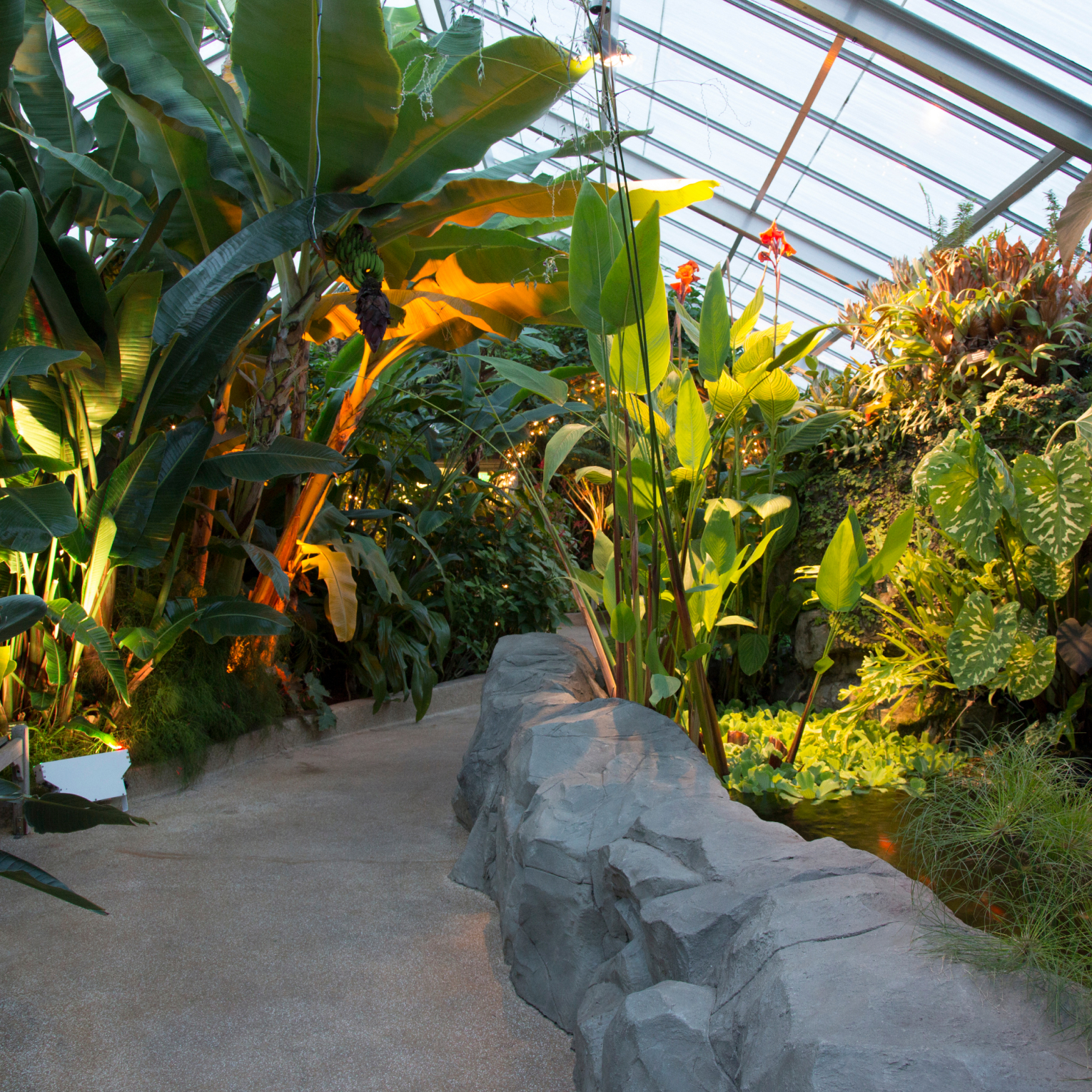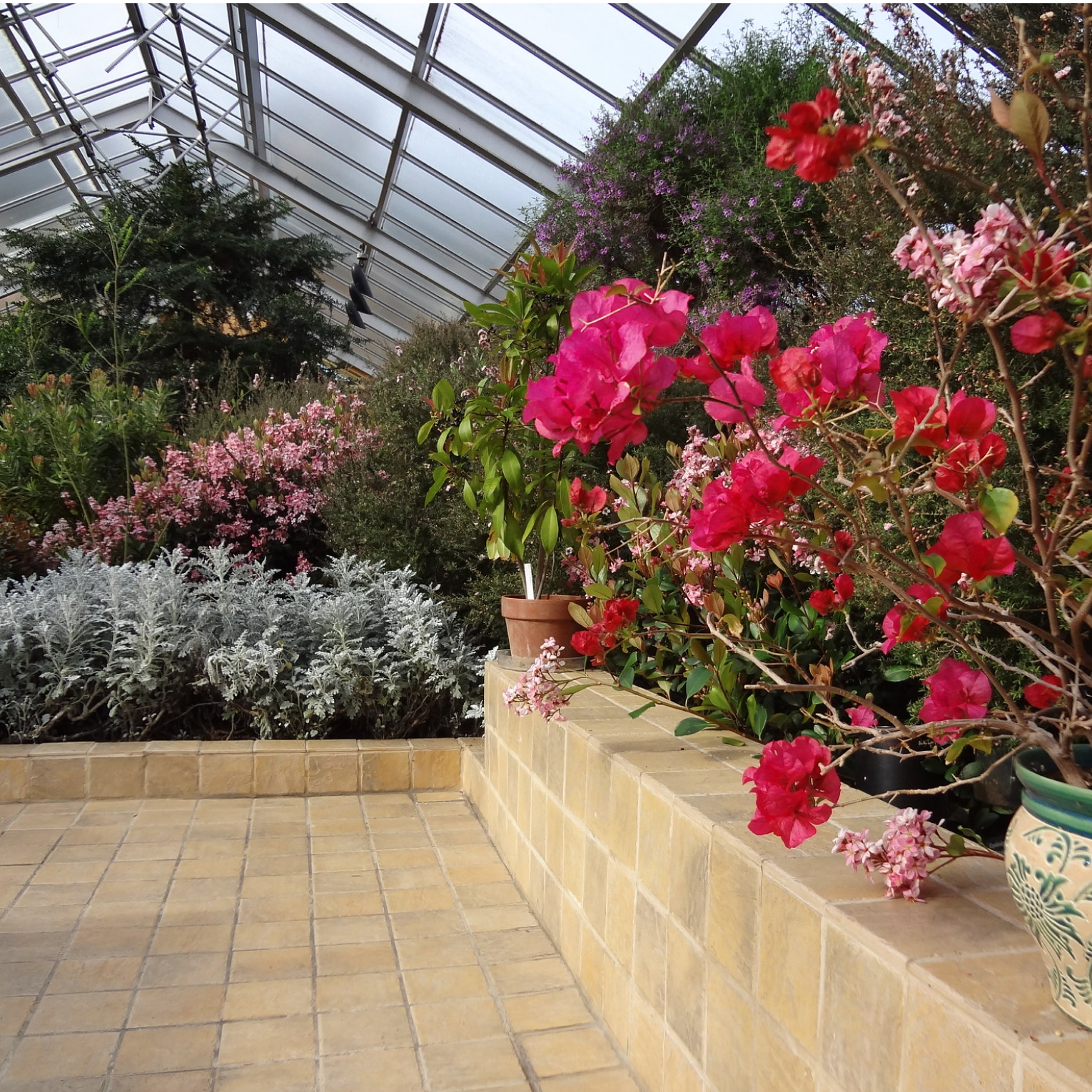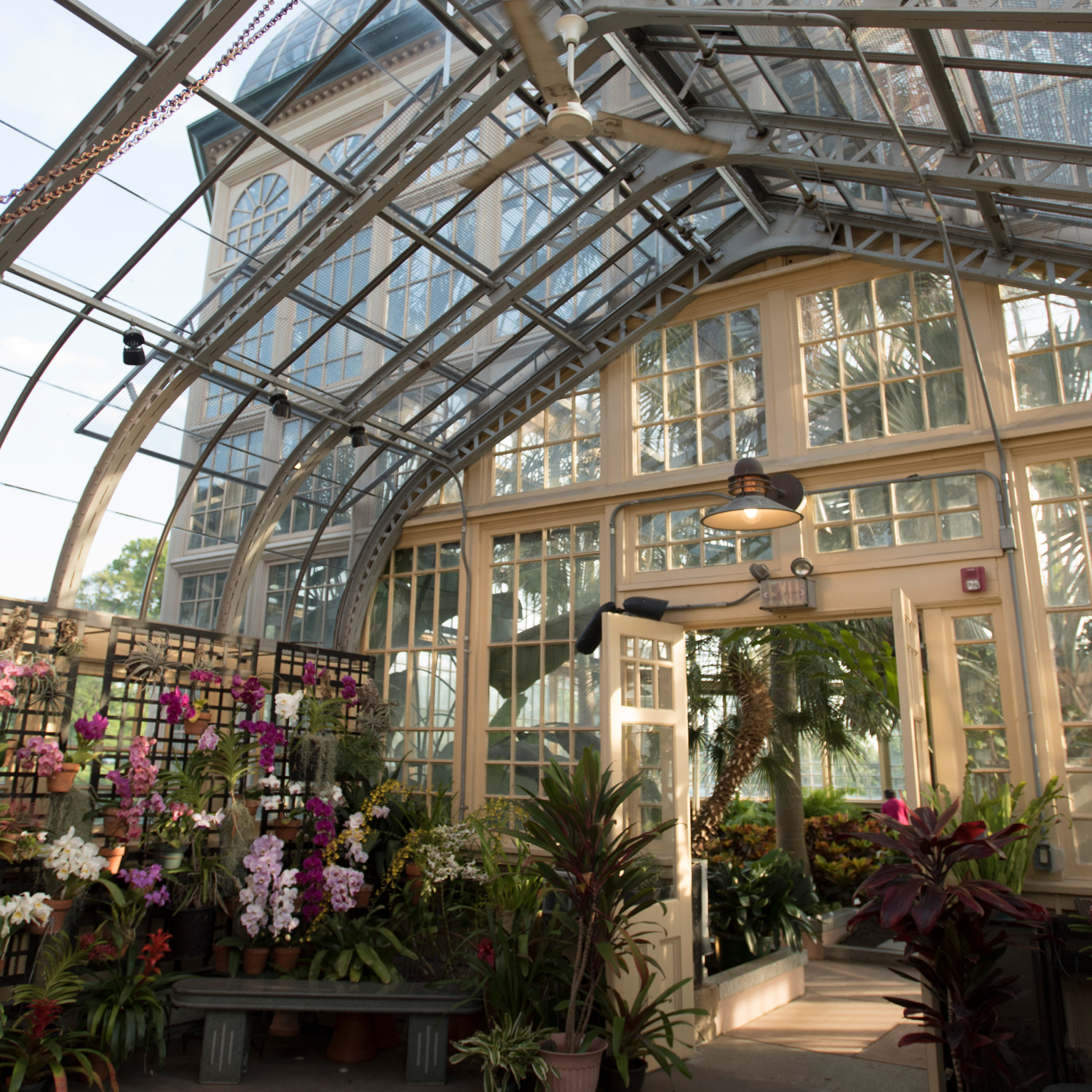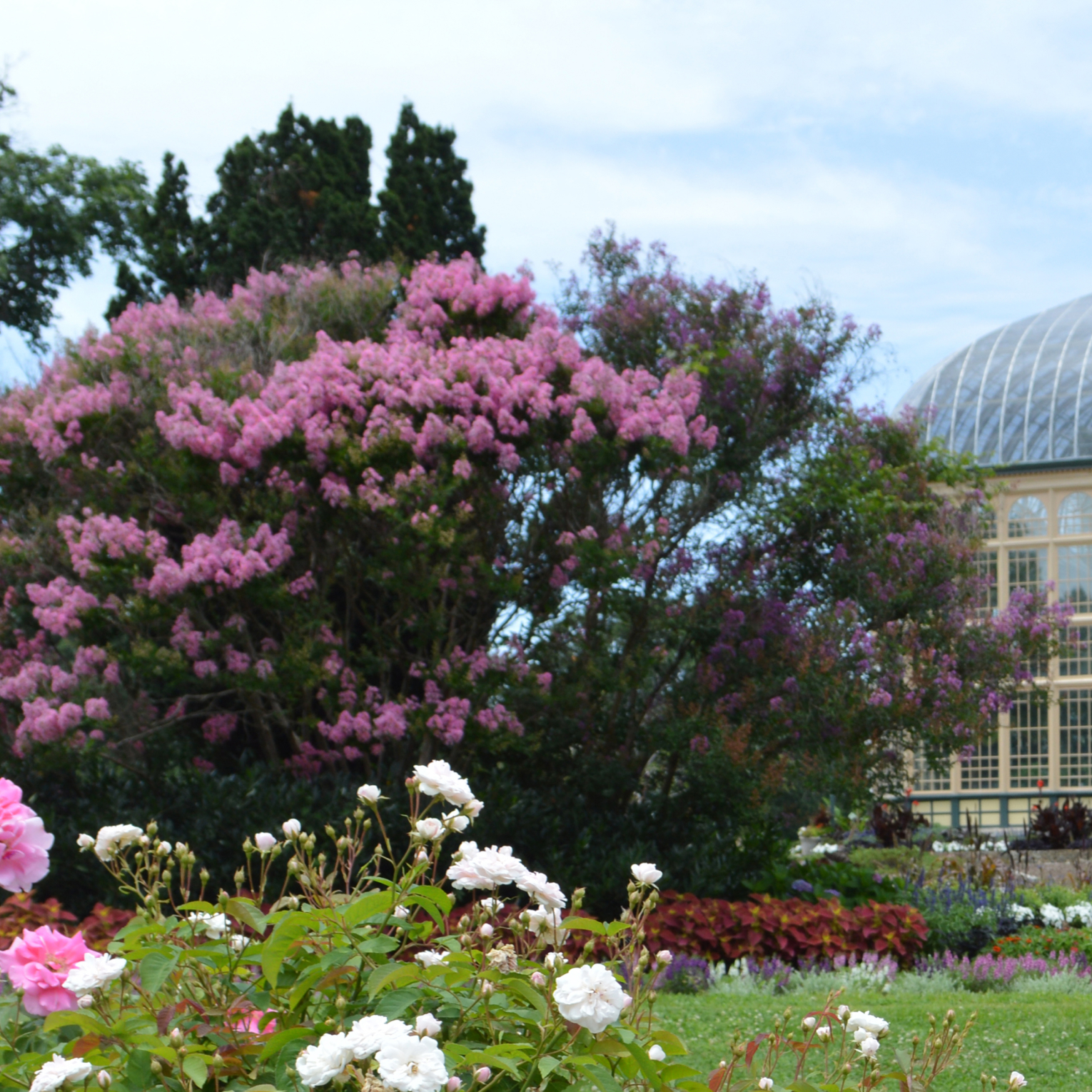Desert House
Within the Desert House, discover a collection of plants from both Old and New World deserts, each a testament to tenacity in harsh conditions.
Adorned by boulders from the Painted Desert, our greenhouse showcases plants that can endure the harsh, windy, and arid conditions of the desert where daytime temperatures can climb as high as 125 degrees Fahrenheit and as low as 10 degrees at night.
Featured in the Desert House
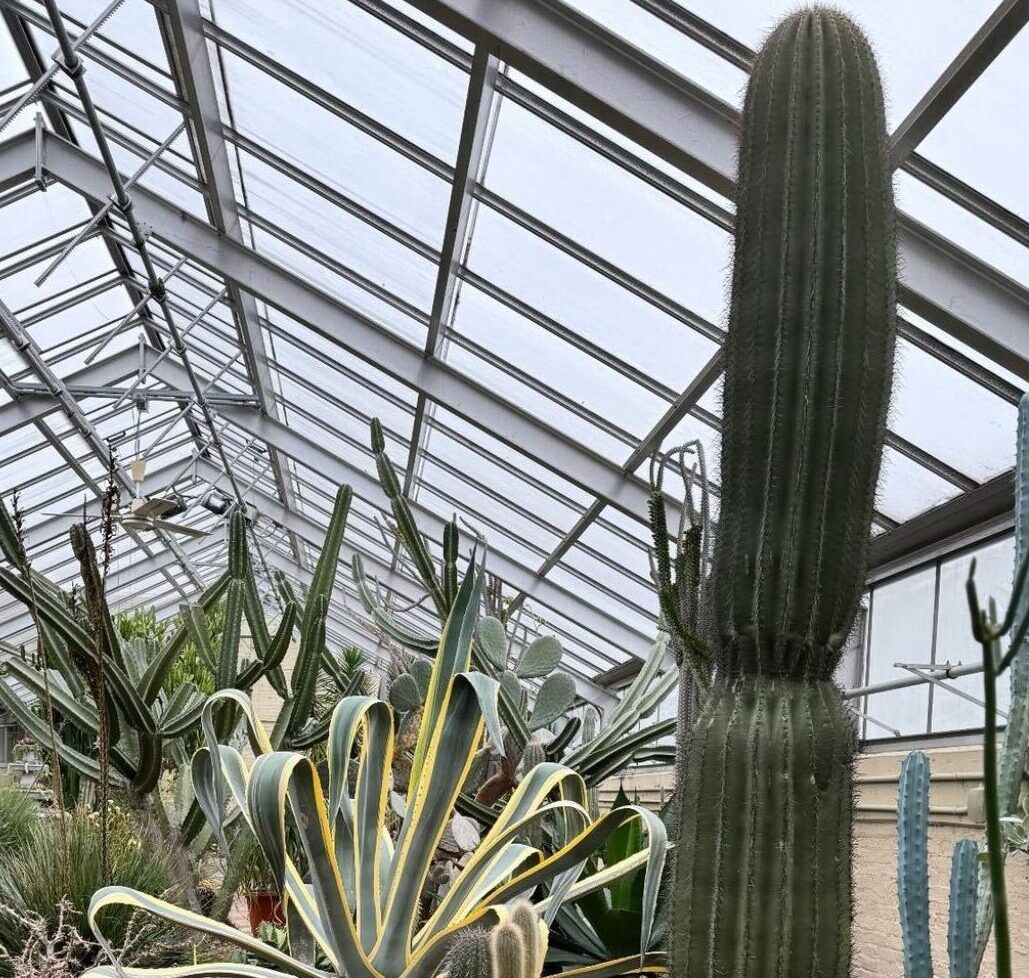
Saguaro Cactus
Carnegiea gigantea
blooms mid-spring once mature
This iconic cactus will only grow in the Sonoran Desert in Southern Arizona when placed in the wild. While the Saguaro is the largest cactus found in the United States, it grows at a very slow pace, taking 10 years to grow 1 inch, until reaching heights up to 40 feet.
The hard spines and waxy outer coating protect the stored water inside the plant. Saguaros flower in mid-spring, once they reach a maturity of about 70 years. This cactus can produce hundreds of millions of seeds in its lifetime.
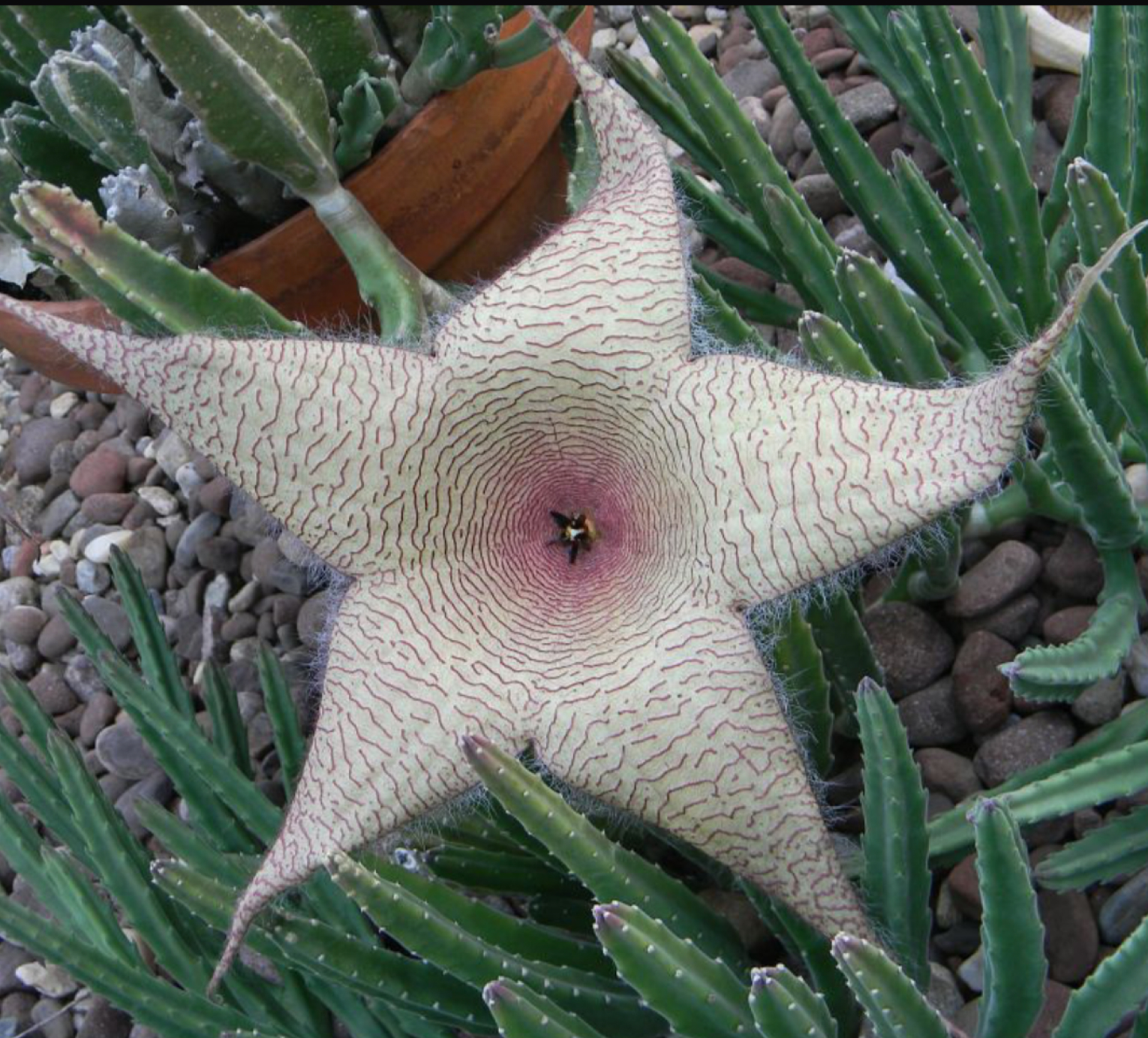
Zebra Carrion Plant
Stapelia hirsuta
blooms late spring to fall
Native to the milkweed family (Apocynaceae) this succulent can be found in its native desert region from Tanzania to South Africa. The flower will usually appear in the fall with the shortened daylight hours, and then leave a seed pod resembling milkweed after pollination.
The hairy, oddly textured, and colored appearance of many Stapelia flowers has been claimed to resemble rotting meat, and this, coupled with their odor, has earned the most commonly grown members of the genus Stapelia the common name of carrion flowers. Also known as starfish flowers.
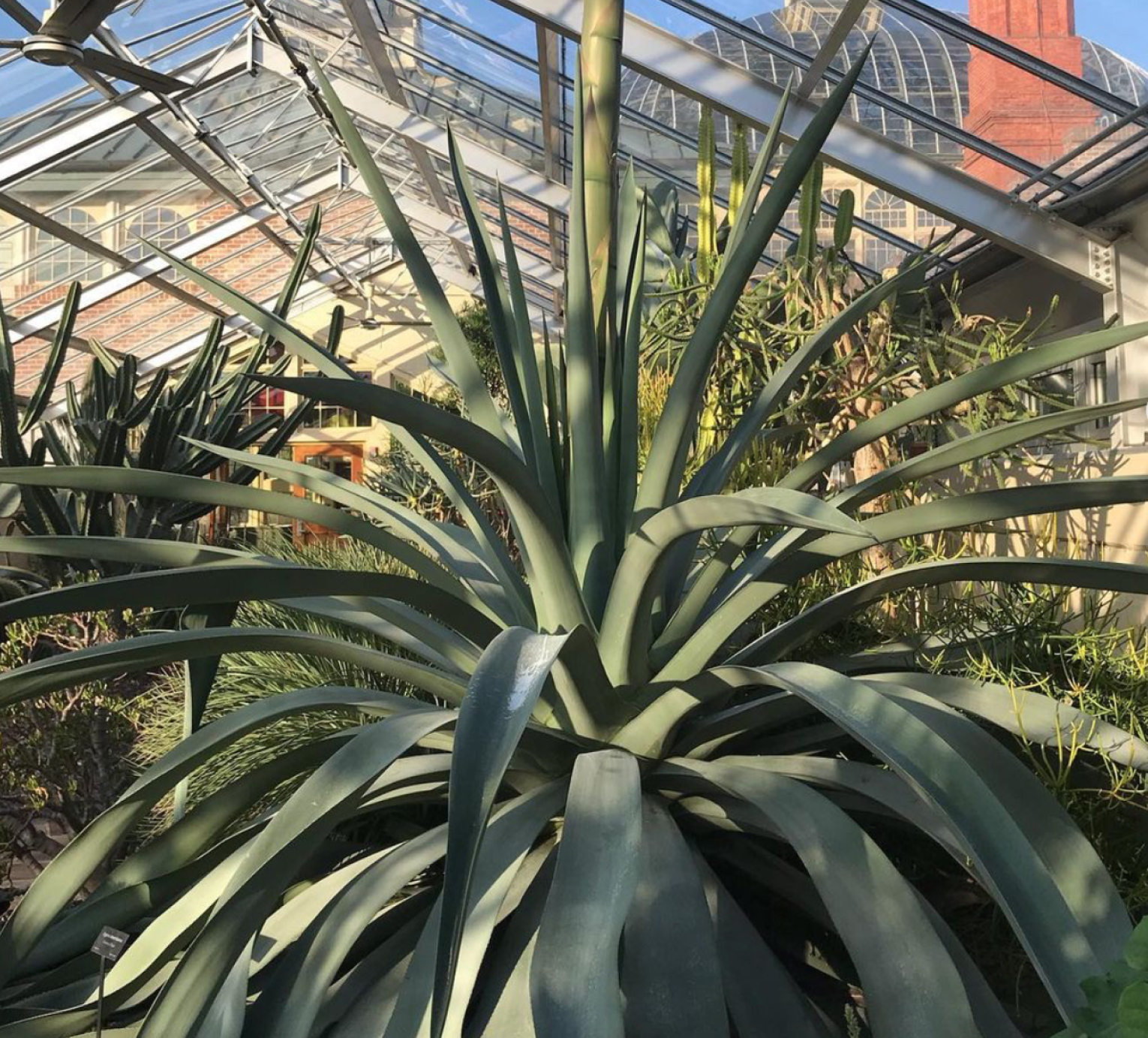
Century Plant
agave americana
blooms every 10 to 30 years
Belonging to the Asparagus family (Asparagaceae) this desert plant is native to Mexico and Southwestern United States. It was named the century plant when it was first mistakenly thought to take 100 years to flower. The century plant actually takes about 15 years to flower, and sends up a tall stalk about 30′ high with small yellow flowers at the top. When the bloom is pollinated, seed pods will form and drop to the ground.
The century plant only blooms once in its lifetime, and then perishes after completing this task. The sugars found in the agave are used to make mezcal.

